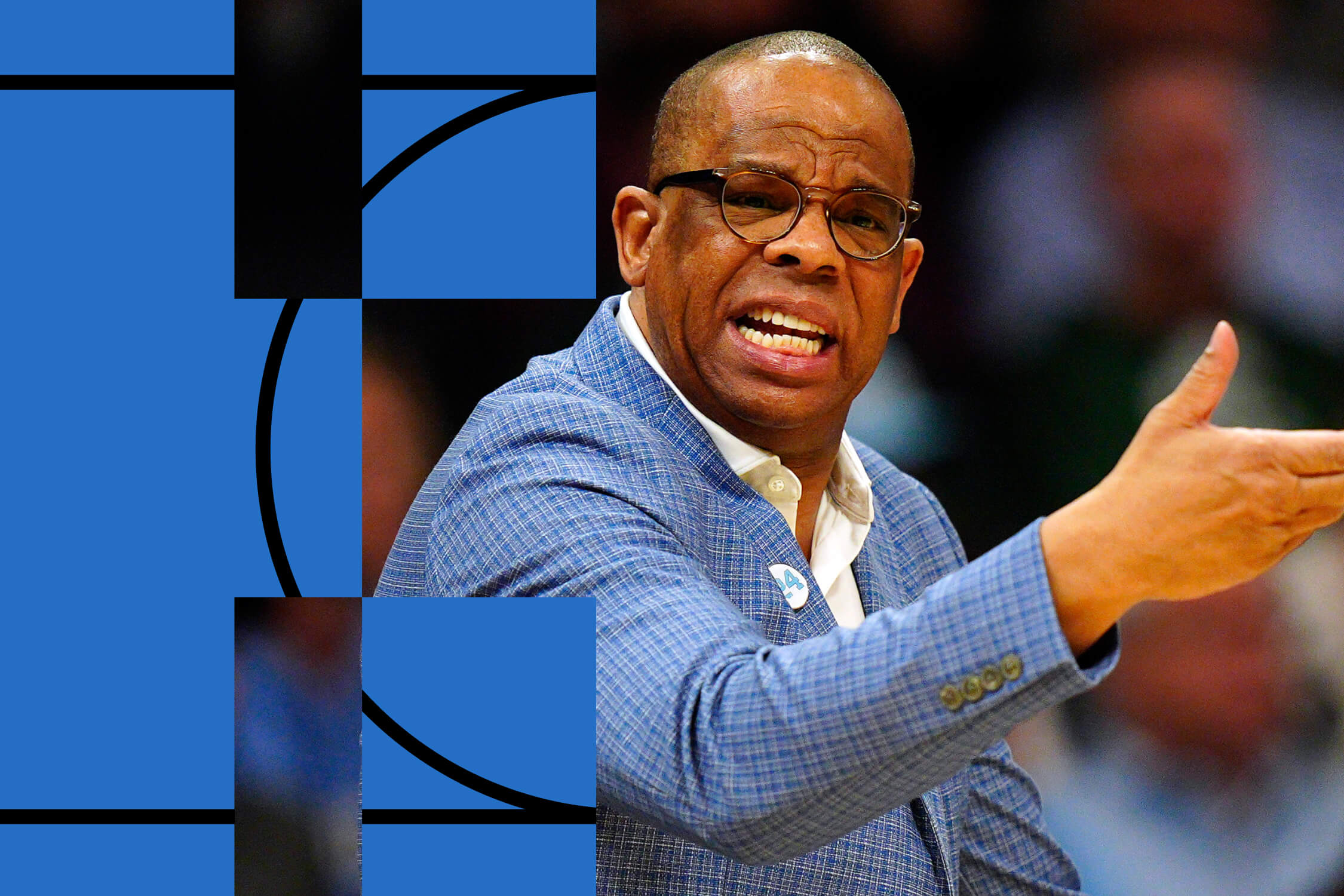Why bother......
- Tar Heel Radar
- 13 Replies
Playing the tourney at this point as " J Will" as he calls himself, alongwith Coach Greenberg ,have already crowned Uconn the Champs. Uconn is an immovable force , a freight train rolling down the track and nothing and no one can stop it. They are unstoppable and their coach is fantastic...hey He is a very good coach but a complete ahole imo...but nevertheless forget about anyone other than the Huskies cutting down the nets. There..these two guys have saved us all a lot of time and emotional energy.
